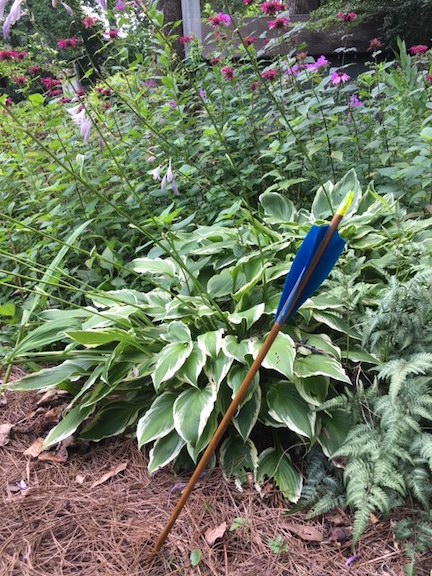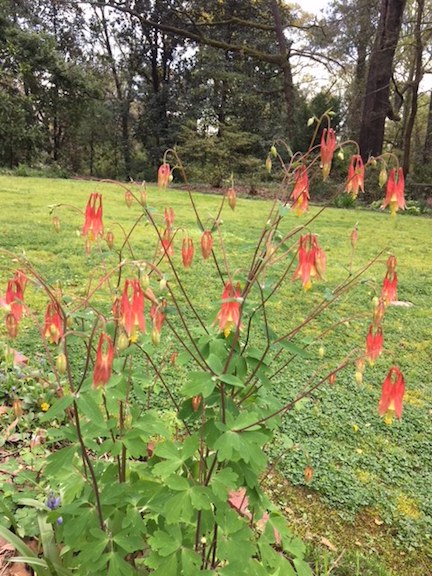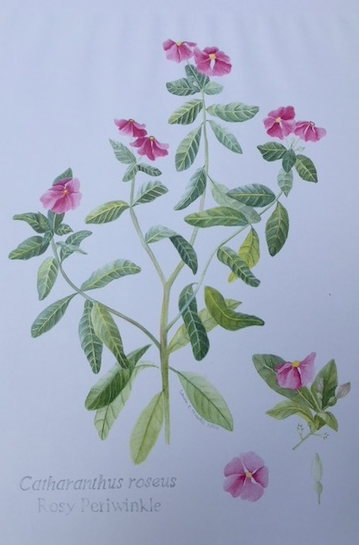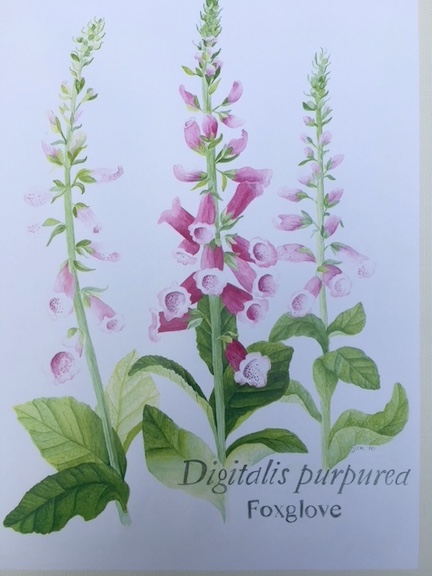In the eleventh century a great plague swept through Europe killing thousands of people. There were few medicines available and little knowledge about what caused such a sickness.

Legend tells us that King Ladislaus I of Hungary (1040- 1095) was not only a beloved king but also a great healer but not even he could determine how to stop the plague. In desperation, he shot an arrow into the air and prayed to God that it would land on a plant that would stop the plague. The arrow landed on a gentian plant and because of this, gentian was used for centuries to treat symptoms of illness.
Not only gentian, but a host of other flowers were used to treat the plague. In 1373 Columbine was used with seven other herbs as a cure for the “pestilence”.

And Angelica, a tall, imposing plant native to Northern Europe was called ‘herb Angelica‘ or Angel’s herb because it was believed to protect one against contagion – and ward off evil spirits and bestow a long life!
Before you dismiss all this as superstition and pure legend, consider this. According to a PBS NOVA episode, a full 40 percent of all prescribed medicines today come from plant extracts or synthesized plant compounds, including aspirin (from the Willow tree) and quinine (from the Cinchona tree.) Plants and flowers have not only brought us incomparable joy because of their beauty, they have also provided us with the basis of a countless number of vital medicines.


In the world today, with a scramble on to find prevention and a cure for our current “plague”, we might do well to look at some of the ancient “cures.” For example, in England during a 17th century plague, it was advised that everyone eat a big dose of garlic daily. If we did that and we all had garlic breath, perhaps that 6 foot social distancing would be a little easier to maintain!

But in the meantime, anyone have an arrow? I’m ready for a cure!
Laura

Every post is interesting. Don’t know how you do it.
Love the idea of garlic to facilitate social distancing!